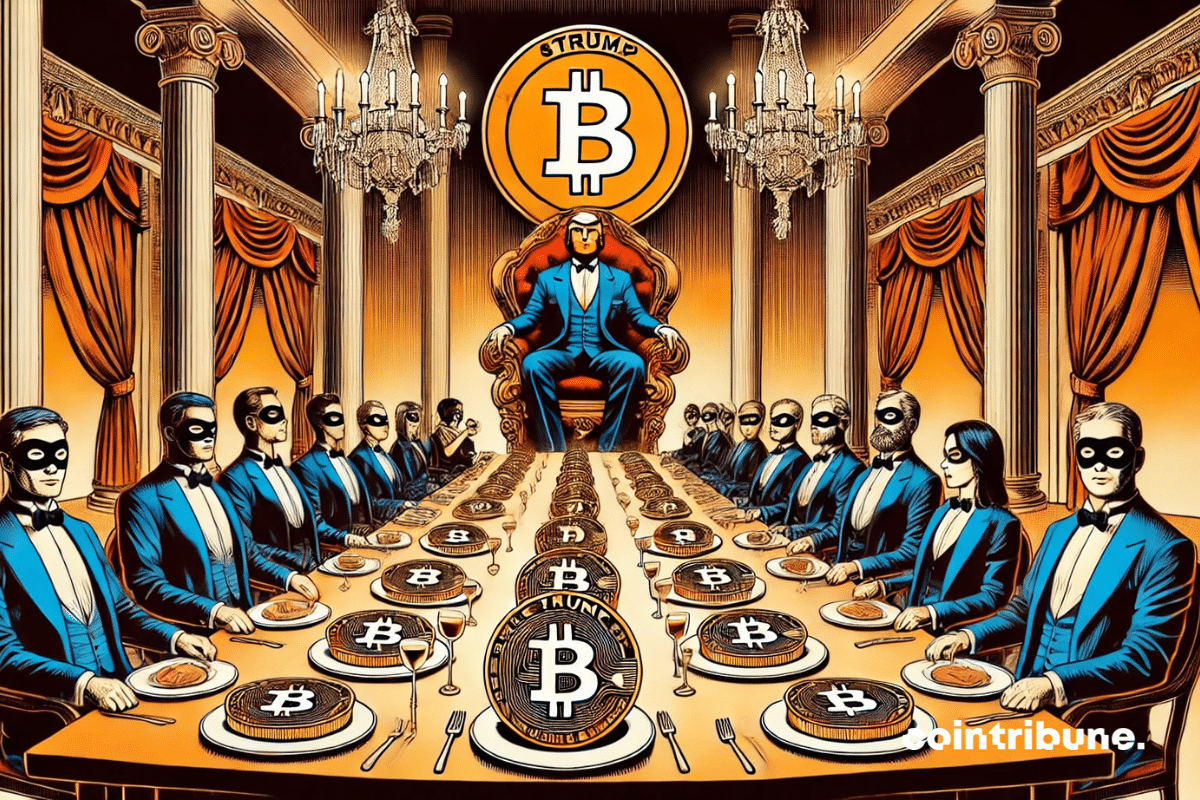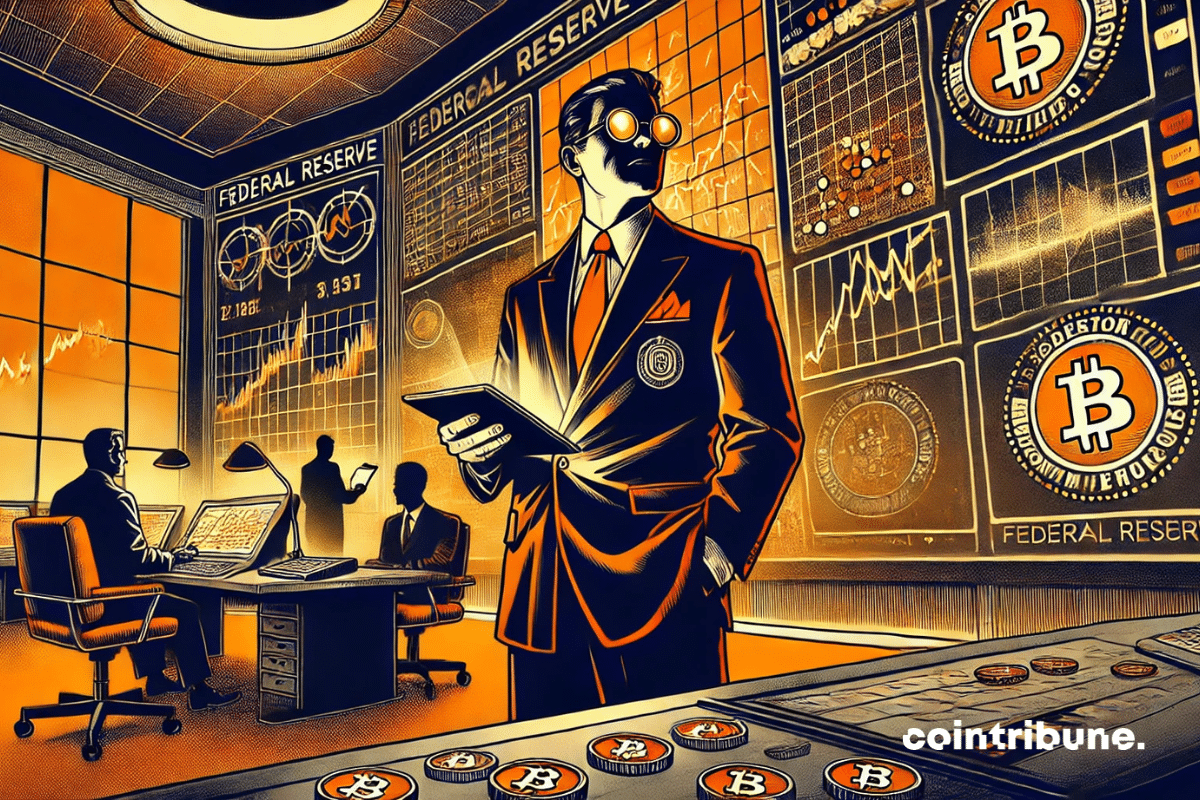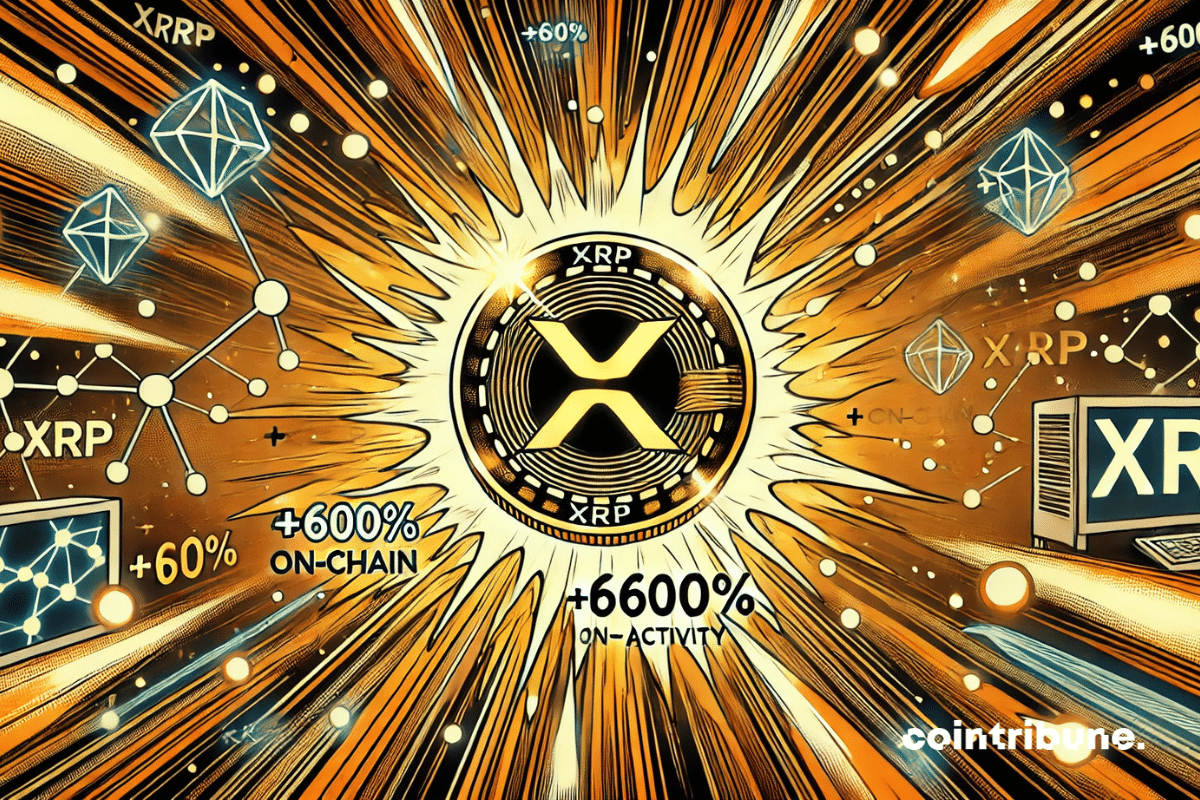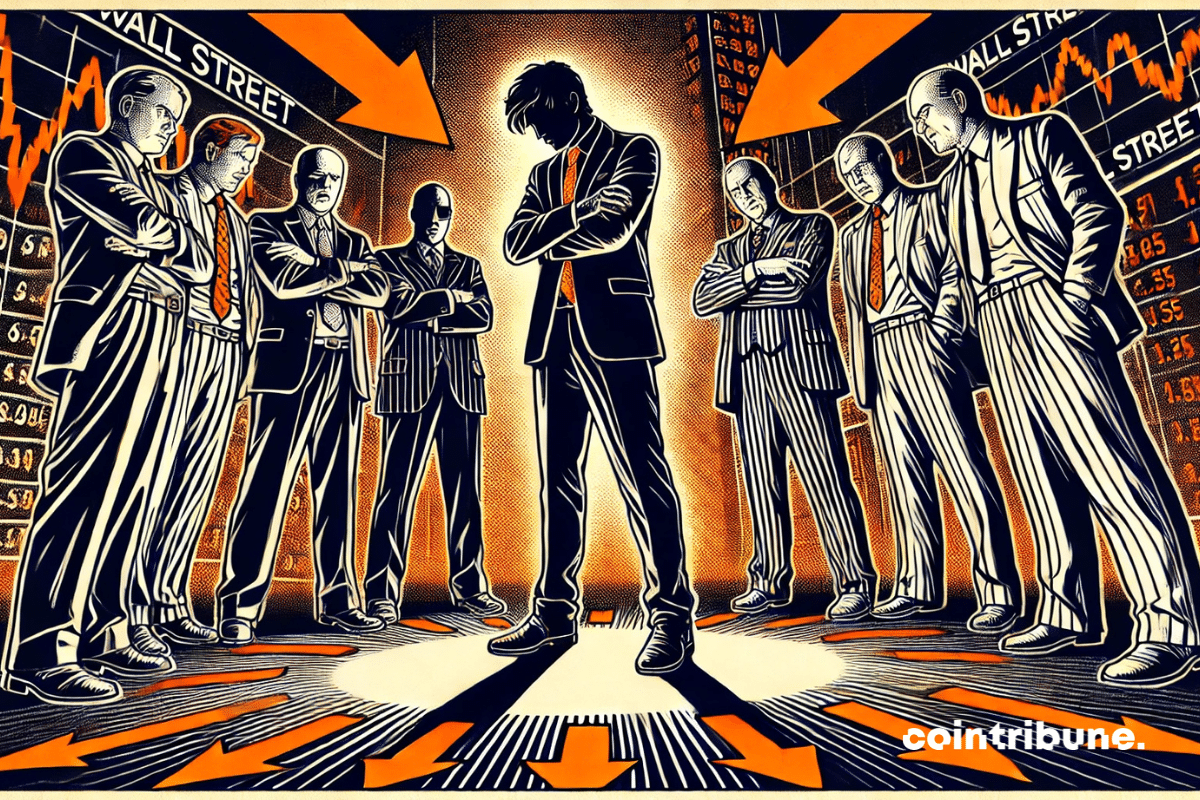When crypto turns into an invitation card: to have dinner with Trump, all you need is to own his token. Political marketing is certainly no longer afraid of ridicule.
Archive 2025
Tesla falters, bitcoin holds strong, and Elon Musk finds himself divided. While the company faces a challenging quarter, its iconic CEO is trying to juggle leading Tesla, managing a strategic crypto portfolio, and his new government roles alongside Donald Trump. Amid falling profits, a steadfast loyalty to BTC, and a promise of a partial withdrawal from DOGE, Musk is playing on multiple fronts. But at what cost to Tesla?
Charles Hoskinson, the founder of Cardano, launched a scathing critique against Ethereum, asserting that the second largest blockchain in the crypto universe may not survive the next 15 years. He highlighted three major design flaws that will lead to its downfall.
The British fintech Revolut shows exceptional performance in 2024, doubling its profits to $1.3 billion. This spectacular growth is explained by the influx of 15 million new users and the explosion of crypto trading following the rise of the markets.
The traditional bond market remains complex, opaque, and reserved for an elite. Credefi is shaking up these norms by launching NFT Bonds, an innovative solution that makes investing in corporate bonds accessible, transparent, and profitable for everyone, thanks to the tokenization of real assets and the power of DeFi.
Between Washington and the BRICS, India is performing a balancing act. Officially tethered to the dollar, it nonetheless allows favorable signals towards monetary alternatives to leak through. In a context of geopolitical reconfiguration where the American currency crystallizes tensions, New Delhi's ambivalent stance intrigues as much as it worries. Between overt loyalty and discreet strategies, India asserts itself as a key player in the global monetary showdown.
The Fed turns a page in crypto regulation. By revoking two major directives imposed on banks since 2022 and 2023, the American institution reshuffles the cards of crypto supervision. Its new stance, embodied by letter SR 25-4, abandons the requirement for prior reporting in favor of an autonomous risk management approach. This is a discreet but strategic repositioning in a context where regulatory pressure is intensifying and the fault lines between financial innovation and institutional control are becoming increasingly visible.
The history of bitcoin is marked by bold predictions, but Adam Back's, a key figure in the ecosystem, stands out for its blend of technical precision and historical mystery. As the creator of HashCash, mentioned in Satoshi Nakamoto's whitepaper, forecasts a bitcoin at 1 million dollars by 2025, one question looms: is this a cold analysis or a cryptographic legacy speaking through him?
XRP, the crypto that was sleeping, is waking up from its digital coma with a jolt worthy of an earthquake, flirting with new heights and landing on traders' radar.
When Donald Trump challenges the bond market, it is not just a political confrontation: it is a systemic shock. The American president, driven by an interventionist economic vision, has triggered a wave of instability by upsetting the balances of interest rates and Treasury bonds. Opposing him is a relentless market that did not take long to react. This showdown, far from being anecdotal, reveals the fragilities of a strained economy and revives the debate on the reliability of traditional assets in times of uncertainty.









